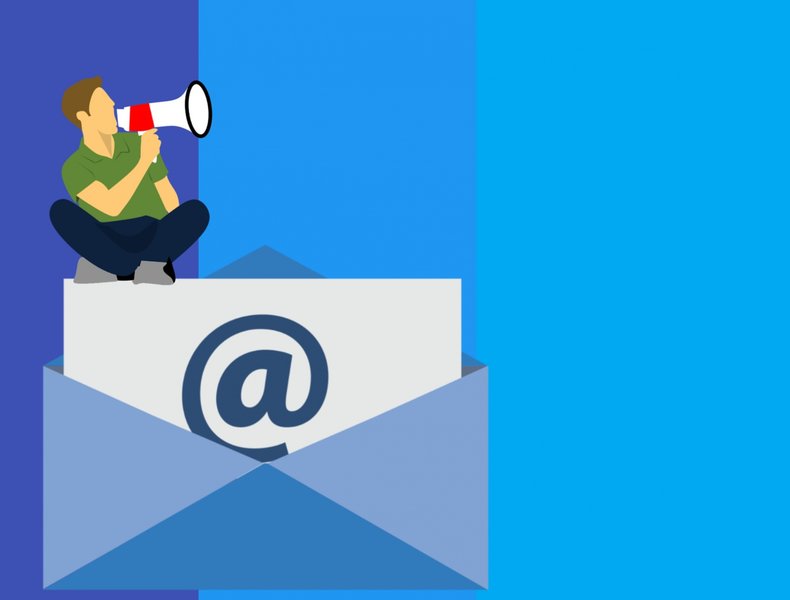Why Has Inbound Taken Over Traditional Marketing?
Traditional Marketing
Traditional Marketing, also widely known as Outbound Marketing, is highly recognisable and is something each and every one of us comes across everyday. It is a very broad category that can be distributed in print form, broadcasts, direct mail and telephone, varying from newspaper articles to television ads, brochures to telemarketing.
A summary of traditional marketing would be that the business approaches the customer, as opposed to Inbound where the customer approaches the business using 'pull' strategies and techniques.
Inbound Marketing
The aim of Inbound Marketing is to nurture leads, to turn visitors into customers and then customers into returning loyal customers. Attracting new business can be achieved through content marketing such as blog articles, search engine optimisation and social media. Inbound earns the attention of customers and makes the company easy to be found.
Why Has Inbound Taken Over?
Inbound marketing is a completely different outlook on not just your marketing, but your entire business. Adopting this strategy involves a change in mindset of both the company and its customers. However, statistics from Kuno Creative have shown that a huge amount of companies have taken on the challenge with 80% of all businesses practicing Inbound to some degree!
1. Reach New & Wider Audiences
Inbound Marketing has very few limits, allowing you to run varied campaigns, enabling the chance to reach new audiences and diversify your reach. Did you know that 8 out of 10 people self identify as blog readers? Just think about how many people that is! And how many opportunities you're missing by not sharing the very simple, but very VERY effective content! On average, brands who publish 15 articles per month convert 1200 new leads in that time.
Studies have shown that website traffic increases up to 30% after 21-54 blog posts, and this comes with added benefits:
- Ultimately, more revenue.
- More people to refer your website to others/share online.
- Ranking higher on Google.
Yes, word of mouth is incredibly influential, especially for locally run businesses. However, it is 2018, and there is absolutely nothing more powerful than efficient online networking.
2. Cost Effective
Inbound Marketing is a highly cost effective way of putting your business out there, and is the perfect marketing strategy for those on a budget. According to digitalmarketingpro.net, smaller companies securing a lead through Inbound Marketing costs a third of what it would cost to gain this through Outbound Marketing.
Inbound Marketing targets people that are actively searching for a service, therefore this is more cost saving for companies as the traffic generated this way requires less persuading.
3. Analytics
Inbound and the platforms that support this strategy, such as Hubspot are great for tracking every interaction between yourselves and the potential prospects and leads. This allows you to pinpoint exactly what is effective and what areas of your campaign are capturing those leads.
This type of marketing lets you really see what your audience reacts to the best and the most as well as highlighting which areas of content you should focus on further to expand your company's online following. This helps you to avoid wasting your valuable time sending emails to people that are definitely not interested in your product or service for example.
Here are a few other articles you may find of interest:
- How To Make The Right Choice With An Inbound Marketing Agency
- How Can My Business Afford To Hire An Inbound Marketing Agency?
- 4 Reasons Why You Should Not Give Up On Inbound Marketing
Hopefully these points have helped you understand why and how Inbound has taken over traditional marketing! If you have any queries, please comment below or call us on 01332 343281 for an informal chat.



